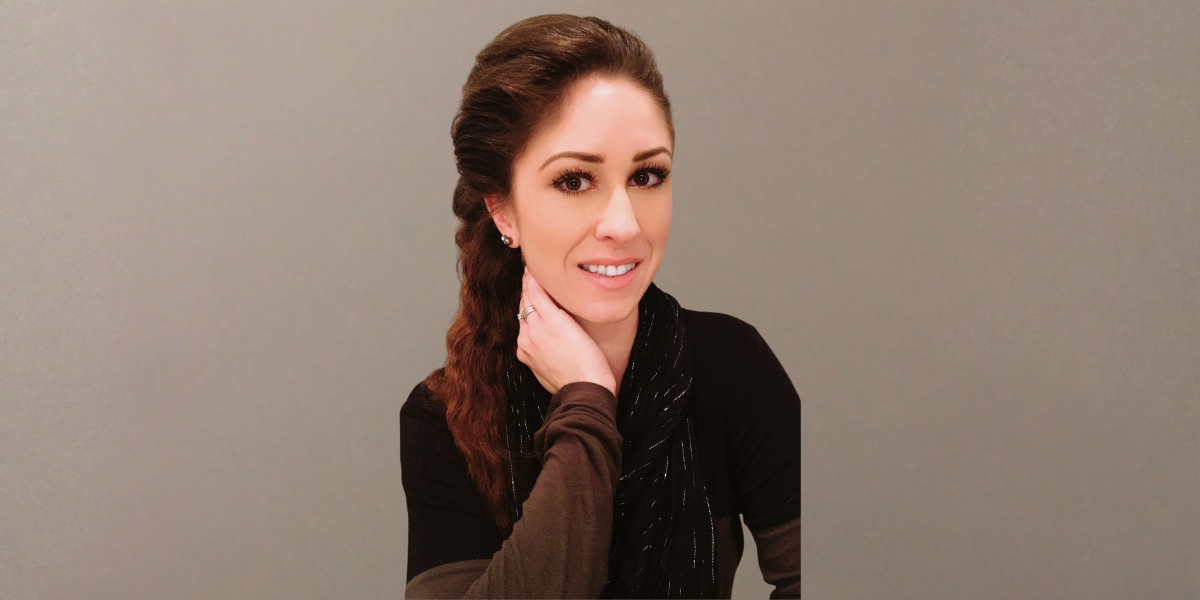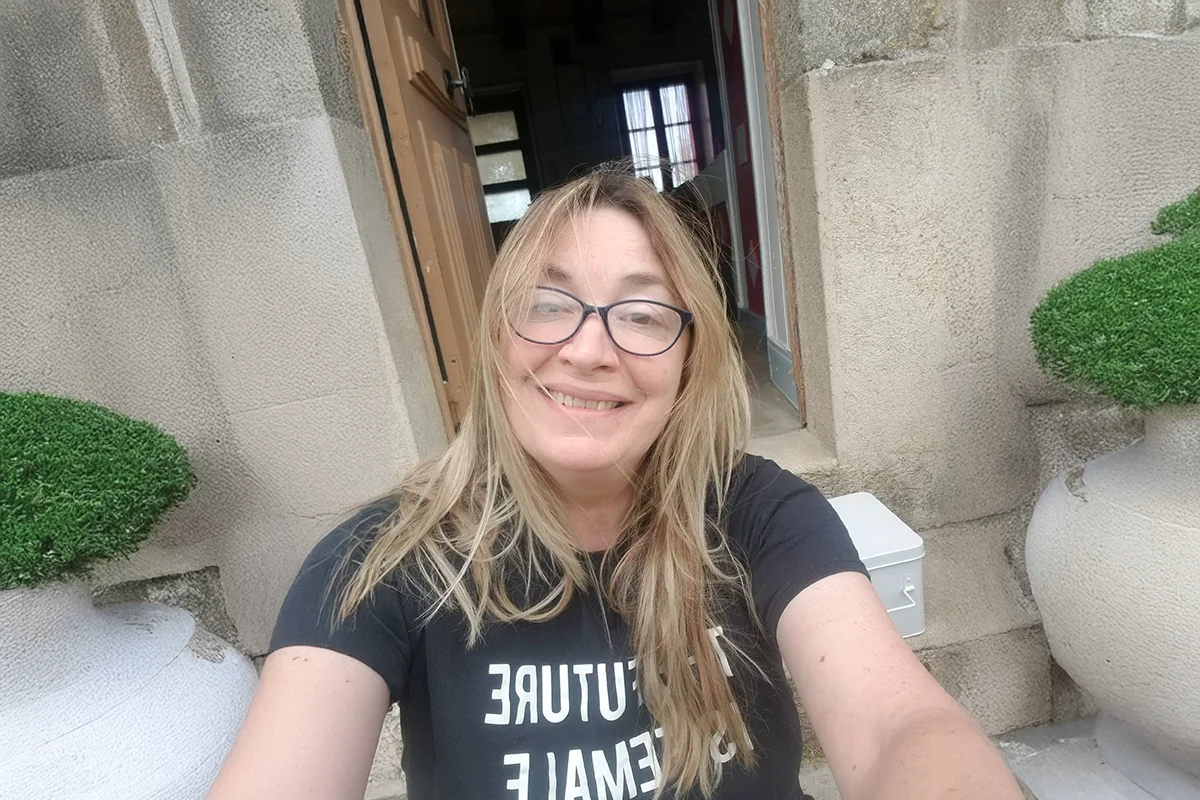S. Knight Reimagines Myth and Fairy Tale in The Girl with Many Names

PHOTO: Author S. Knight, reshaping myth and fairy tale from her home in Edmonton, Alberta.
Exploring Dark Retellings And Empowered Villainy Through A Modern Literary Lens
S. Knight’s novel The Girl with Many Names challenges traditional narratives, blending myth and fairy tale into a powerful tale of identity, transformation, and misunderstood villainy.
Samantha Knight brings a fearless originality to the literary stage, captivating readers with her bold reimaginings of myth and fairy tale. Born in Vernon, BC, and now based in Edmonton, Alberta, Knight combines academic training in creative writing with a vivid storytelling instinct that shines throughout her work. Her most recent novel, The Girl with Many Names, is a stunning, genre-bending fantasy that dares to challenge the stereotypes of age-old tales, giving voice to characters historically cast aside or misunderstood.
At Mosaic Digest magazine, we are always eager to spotlight writers who use narrative as a tool to peel back layers of perception, and Knight does exactly that. With eloquence and unflinching insight, she invites readers to explore the murky boundaries between good and evil, virtue and vengeance. Her protagonist, Morgaine, emerges as a compelling antihero in a world eager to define her—yet powerless to contain her. Knight’s poetic prose and philosophical undertones mark her as a unique voice in contemporary fantasy literature.
A bold and poetic voice in fantasy, Knight delivers a compelling antiheroine and reclaims classic narratives with intellect, heart, and fearless imagination.
We’re proud to present this exclusive interview with S. Knight, whose thoughtful approach to character, theme, and genre makes her one of the most promising authors writing today.
Your website shares some powerful insights about your journey as a writer. Can you tell us about the moment or experience that truly inspired you to pursue writing professionally?
When I was in elementary school, I had the privilege of participating in a visiting author’s workshop in which we wrote our own “books” under her guidance. I knew then that I absolutely loved writing!
Your newest book has been generating quite a buzz. What was the original spark or idea behind this latest work, and how did it evolve during the writing process?
From reading and studying classic literature, you can discern a repetitive pattern in the way a variety of writers throughout history have embraced and reproduced classic fairy tales and legends.
I chose to explore and challenge these recurring themes, stereotypes such as the inexplicably “evil” and nameless villainess figure, with motives driven by vanity—or some shallow variation of that.
But from a different point of view, suddenly these stigmatized characters have a voice and their own story to tell. Are they evil? Perhaps. But could there be a meaningful, even relatable, explanation in the way of personal struggles, youthful mistakes, and misguided beliefs? Absolutely, so why not delve into the deeper machinations of these otherwise enigmatic villains. In fact, there are endless fairy tale and mythological characters from history’s library to reinterpret, as so many writers have successfully done before me.
Every author faces challenges along the way. What was one of the biggest hurdles you encountered in your writing career, and how did you overcome it?
I’m not embarrassed to say that finding a publisher was a frustrating endeavor at first, disheartening at times. But I kept at it, and without those initial rejections and all that feedback, my manuscript would not have blossomed into the novel it is now.
And of course juggling family life and a writing career has definitely been a challenge, but once you find a healthy balance, that’s a reward in and of itself!
“Once you find a healthy balance, that’s a reward in and of itself!” – S. Knight
Tell us about your novel, The Girl With Many Names, or is there a quote you’d like to read?
This darker retelling combines myth and fairytale into a single chronological narrative that will challenge everything you thought you knew. The story follows an antihero as she navigates the trials and tribulations of an intolerant world determined to see only malevolence. Morgaine’s prologue alludes to this journey nicely:
” Victims branded malevolent, and villains in the guise of heroes. In a kingdom of mortals and monsters, I am the latter, or so they told me. I wear not the face of who I am, but the masks they gave me. They made me their burden, their princess, their captor and enemy, so I broke their walls and became their queen; nameless empty titles, all of them. The price of poison and pearls pays the same, so I gave them what they gave me, a bitter trade, but a deal’s a deal. ”












